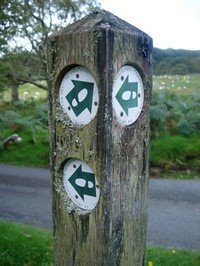Patent Your Invention -- Resources, Links & Books
 To protect an original invention OR a significant improvement to an existing product, a patent would be filed. Here's the USPTO's definition.
To protect an original invention OR a significant improvement to an existing product, a patent would be filed. Here's the USPTO's definition.NOLO is a great, free informational site. Also, be sure to read what else the USPTO (United States Patent & Trademark Office) has to say about patents:
• USPTO's FAQ about Patents
• USPTO's How to Get a Patent
• Search Patents
Associations may be a good avenue to explore. These organizations will address many of the thoughts, questions and concerns you'll inevitably have as well as many you haven't anticipated yet.
• International Federation of Inventors' Associations
• United Inventors Association
• Directory of Local USA & Canada Groups
Research, research, research – this cannot be stressed enough. Read as much as you can. Here are some book titles that are relevant:
Getting a Patent:
* Patent It Yourself (11th Edition) by David Pressman
* Patents and How to Get One : A Practical Handbook by U.S. Department of Commerce
* How To Make Patent Drawings Yourself: A Patent It Yourself Companion by Jack Lo
* The Inventor's Notebook: A Patent It Yourself Companion by Fred E. Grissom
There are plenty of free informational resources out there.
Free Articles:
• Patent – How to Get One by Michael Russell
• Invented Something? Get a Patent by Thomas Choo
• How to Select a Patent Attorney by Lisa Parmley
• How to Patent Your Invention by Neil Armand
• Can You Start Selling Your Invention Before Patenting It? by Xavier Pillai
patent patents patent info invention invent










